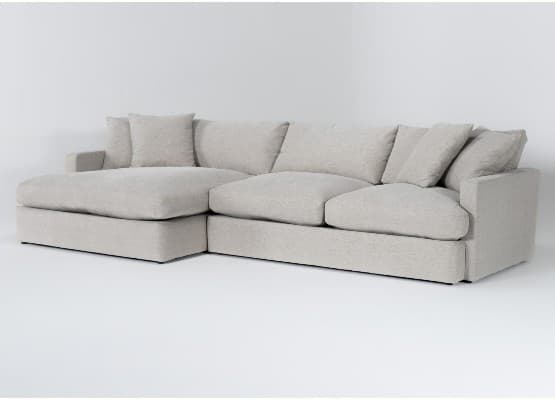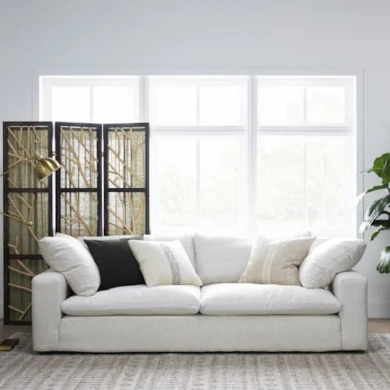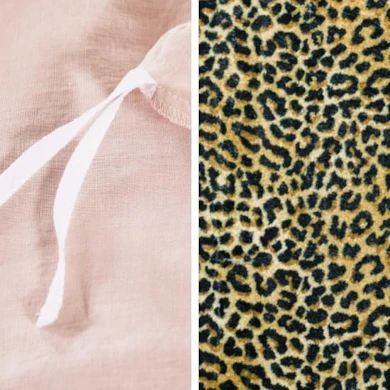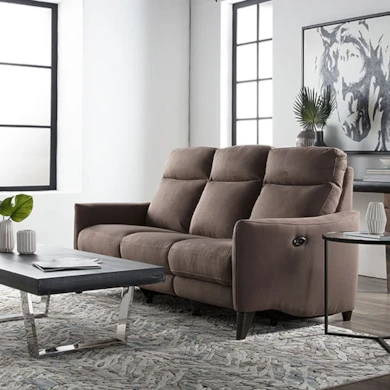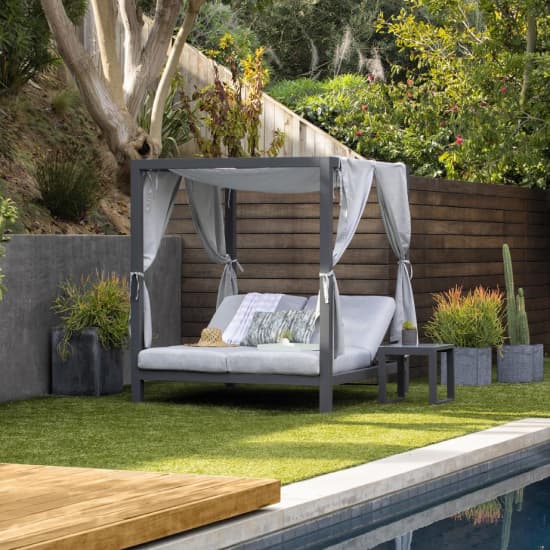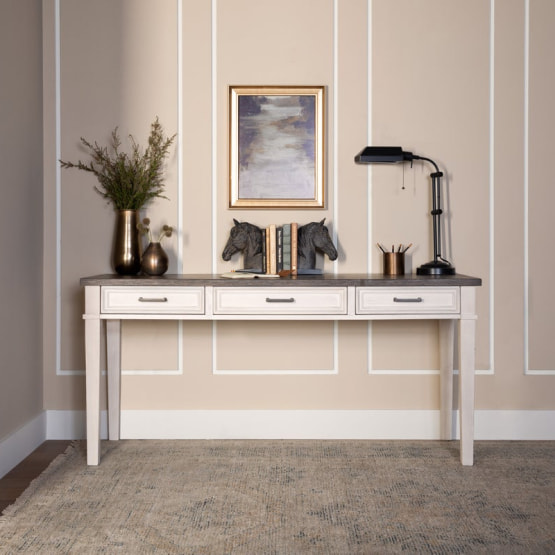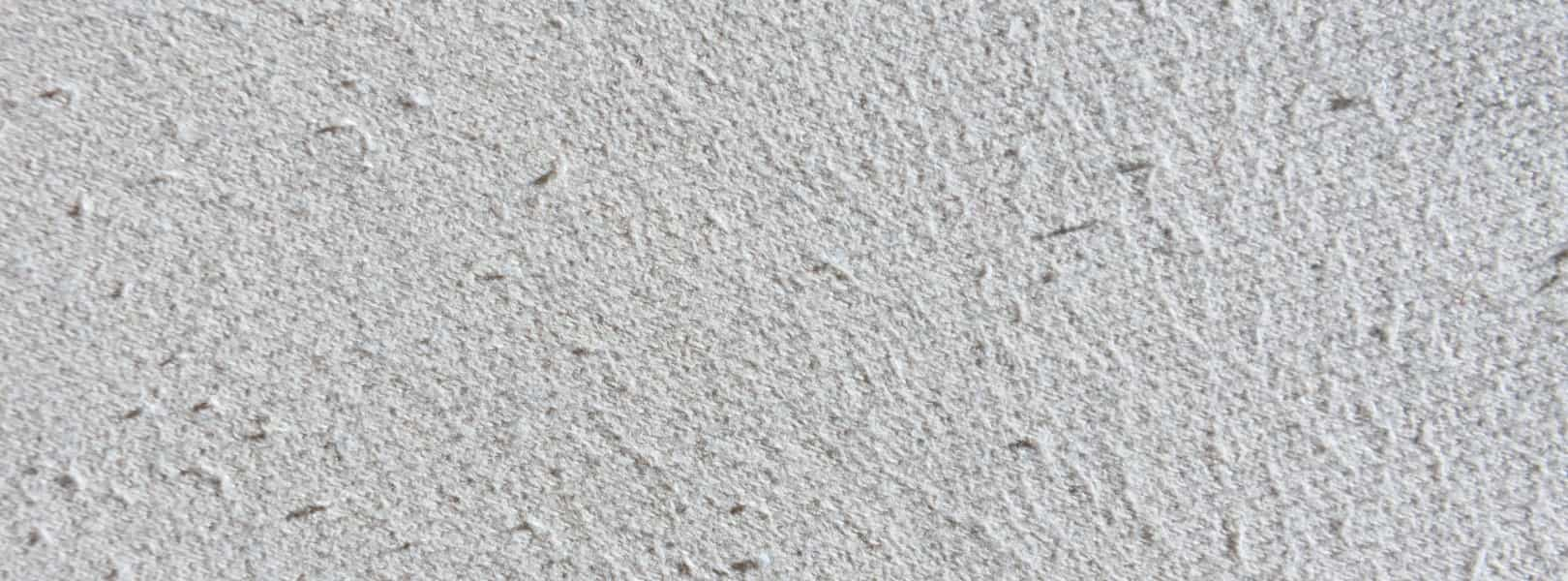
What Is Fabric Pilling + Tips to Prevent It
Imagine buying a gorgeous sofa, lovingly placing it in your living room, and then, a few months later, noticing those unsightly little fuzz balls starting to form on the fabric. This phenomenon, known as pilling, is easy to combat. Here’s how to do it — and a little info on why pilling forms in the first place.
Understanding Fabric Pilling
Fabric pilling is the result of loose fibers twisting together and forming little balls on the surface of the material. This is a normal wear-and-tear occurrence that happens over time. Common reasons for pilling include:
- Fabric Blends: Natural and synthetic fiber blends can pill more easily due to the disparities in durability.
- Rubbing from Blankets, Clothes + Other Items: If you notice pilling that's a different color from the upholstery, then it's not the upholstery itself. Rubbing from clothes, blankets, pillows and other fabric sources can cause this. Restrict the amount of contact with other fabrics to prevent pilling.
When purchasing furniture, opt for fabrics made from long-staple fibers, which are more resistant to pilling. Additionally, look for tight weaves, natural fibers such as cotton or wool, and high-quality synthetic blends that promise durability.
How to Remove Fabric Pilling
- Manual Removal: Run a fabric shaver or a pill comb over the fabric to lift and cut away the pills. Be careful not to cut the fabric's fibers —move the tool in one direction only, against the grain of the pills.
- Tape It Off: Wrapping some packing or duct tape around your fingers (sticky side out) can act like a makeshift lint roller, allowing you to dab and lift pills off the fabric.
- Sweater Comb: Designed to fix pilling on sweaters, a sweater comb can also work its magic on furniture fabric.
- Pill Shaver: Electric fabric shavers are the most efficient. They'll remove pills and come with adjustable settings for different fabric types.
- Regular Vacuuming: Just as you vacuum your floors, your furniture needs a good vacuuming too. This clears out the loose fibers that can lead to pilling.
When fabrics are chosen for quality, pilling doesn't have to be an issue.
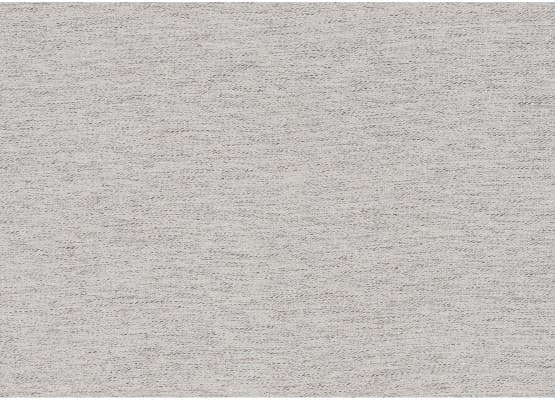
Clean, pill-free fabrics come with proper maintenance and care!
More Fabric Pilling Q&As
How does fabric construction affect pilling?
Construction and weave of fabric can influence propensity to pill, with tighter weaves and higher thread counts generally being more resistant to pilling. One of the fabric types we offer is durable-made fabrics. These go through pill tests to ensure anti-pill properties; look for this type of fabric for pill-free ease of mind.
Can pilling be a sign of poor quality furniture?
Sometimes. Other times, it's actually not a sign of the furniture itself, but of other fabrics (the sleeve of your sweater, or the blanket you're cuddled in) rubbing against the furniture. Otherwises, high-quality fabric compositions will not lead to pilling through general wear-and-tear.
How can I assess the durability of furniture fabrics before purchase?
The best way to assess the durability of furniture fabrics before purchase is to look at fabric samples. Our Design Center comes with details for each swatch, availble for online fabric education, too. Living Spaces also makes it easy for quality discernment; we offer a category of fabrics labeled as Durable so you know you're getting long-lasting, quality-tested upholstery.
Got more questions about de-pilling? Need a pill remover or fabric defuzzer recommendation? Check Out Living Spaces Design Services >
Read the Latest
Editorial Disclaimer: Articles featuring tips and advice are intended for educational purposes and only as general recommendations. Always practice personal discretion when using and caring for furniture, decor and related items.
